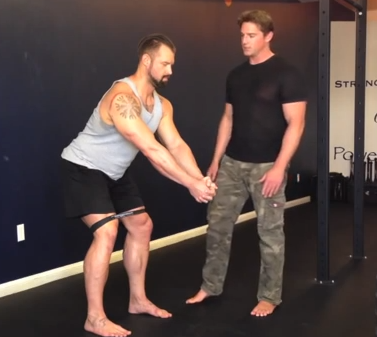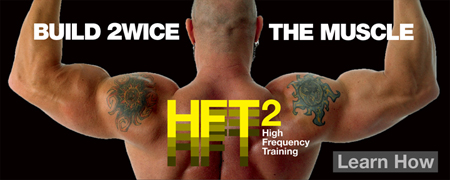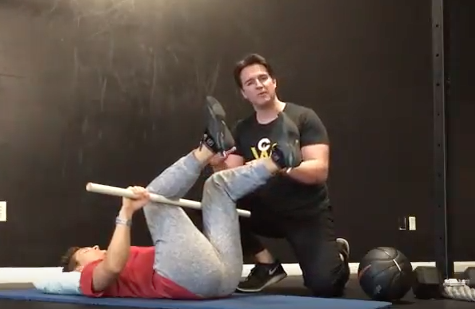 If you’re a trainer, coach or physical therapist it’s essential to use effective coaching cues. For years we’ve been telling clients to “squeeze this” or “brace that” or a host of other verbal instructions that often weren’t as beneficial as we’d like.
If you’re a trainer, coach or physical therapist it’s essential to use effective coaching cues. For years we’ve been telling clients to “squeeze this” or “brace that” or a host of other verbal instructions that often weren’t as beneficial as we’d like.
You might know what it feels like to squeeze your glutes during a squat or lunge, but most people don’t – even professional athletes. The problem is that most clients never learn how to correctly activate certain muscles. The key word here is “learn.”
Over the past few decades, Gabriele Wulf, Ph.D., has been a pioneer in the research for determining how people learn complex motor skills. She and her team have studied the effects of different verbal cues for jump height, balance, posture and even golf. I’ll save you the work of thumbing through all her studies on PubMed and get to the bottom line: External cues work better than internal cues.
So what does that mean to coaches, trainers and therapists? It means you could get better results by using different words while coaching exercises that are typically problematic.
The deadlift, for example, is an exercise that requires a good, solid hip hinge. Therefore, we often tell clients to “hinge at the hip” during the descending phase. Or we tell them to “push your hips back as you go down.”
However, those are internal cues because you’re telling them to focus on a body part.
If we take Professor Wulf’s research into account, that approach isn’t as effective as making your clients have an external focus outside of the body. In the case of the hip hinge, an external cue could be, “imagine you’re sitting down to a chair.”
Another problem commonly seen in gyms and clinics is knee valgus, an inward buckling of the knees during a squat, lunge or deadlift. The old-school coaching method to correct knee valgus during a squat would consist of cues such as “spread your knees as you stand up” or “pull your knees out to the sides as you stand up.”
But again, those are internal cues. The focus needs to be shifted outside of the body – externally. One solution to the knee buckling problem is with a resistance band. Place it around the lower thighs of your clients and cue them to “stretch the band” as they squat.

During the bench press it’s beneficial to have athletes engage their lats during the lowering phase. But instead of telling them to “pull the elbows together” you can shift the focus externally by cueing them to, “try to bend the bar during the lowering phase.”
To get more acceleration during the up phase of the push-up, you could tell them to “push the floor away from you as hard as possible” instead of saying “push through your shoulders as hard as possible.” For the squat you could tell them to “push the bar up as fast as possible.”
One last example. Previously, I would tell my clients to “squeeze their hands together” during the up phase of a push-up to recruit more muscle fibers in their chest. Now I cue them by saying: try to bunch up the carpet underneath your hands as you push.
Full disclosure: this takes practice. I’m still struggling to overcome all the internal cues I’ve used with clients over the last 18 years. But since I switched to external cues I can honestly say that there’s something beneficial going on.
With external cues, I can see my client’s trying to figure out the task in their brain. In the old days when I would tell them to “squeeze this” or “brace that” it seemed there was less motor learning.
These days I constantly see personal trainers and coaches over-cueing their clients. Keep in mind that most people don’t know how it feels to squeeze their glutes or many other muscle groups during a movement.
So let’s consider all of the groundbreaking research by Professor Wulf and experiment with external cues so our clients can improve performance and motor learning faster. If you’re interested in the relationship between jump height and external cues, I highly recommend the following study by Wulf and her team:
Wulf, et al. Increased jump height and reduced EMG activity with an external focus. Hum Mov Sci. 2010;29(3):440-448.

Stay Focused,
CW


